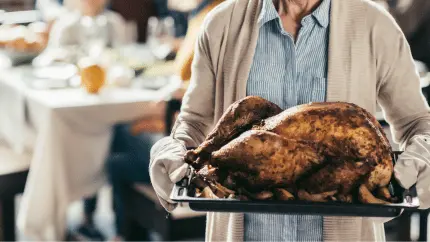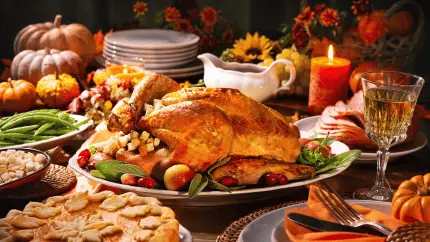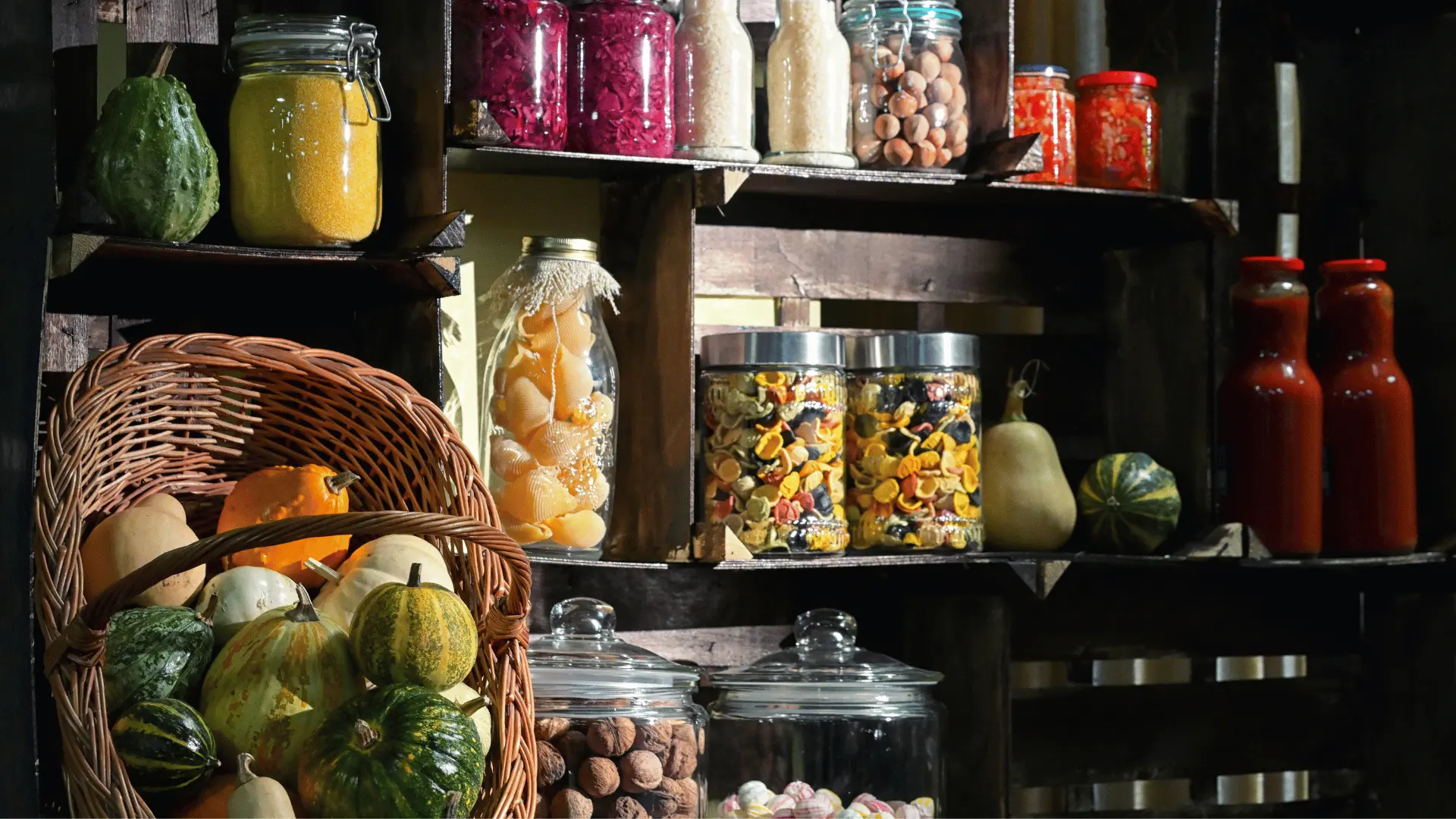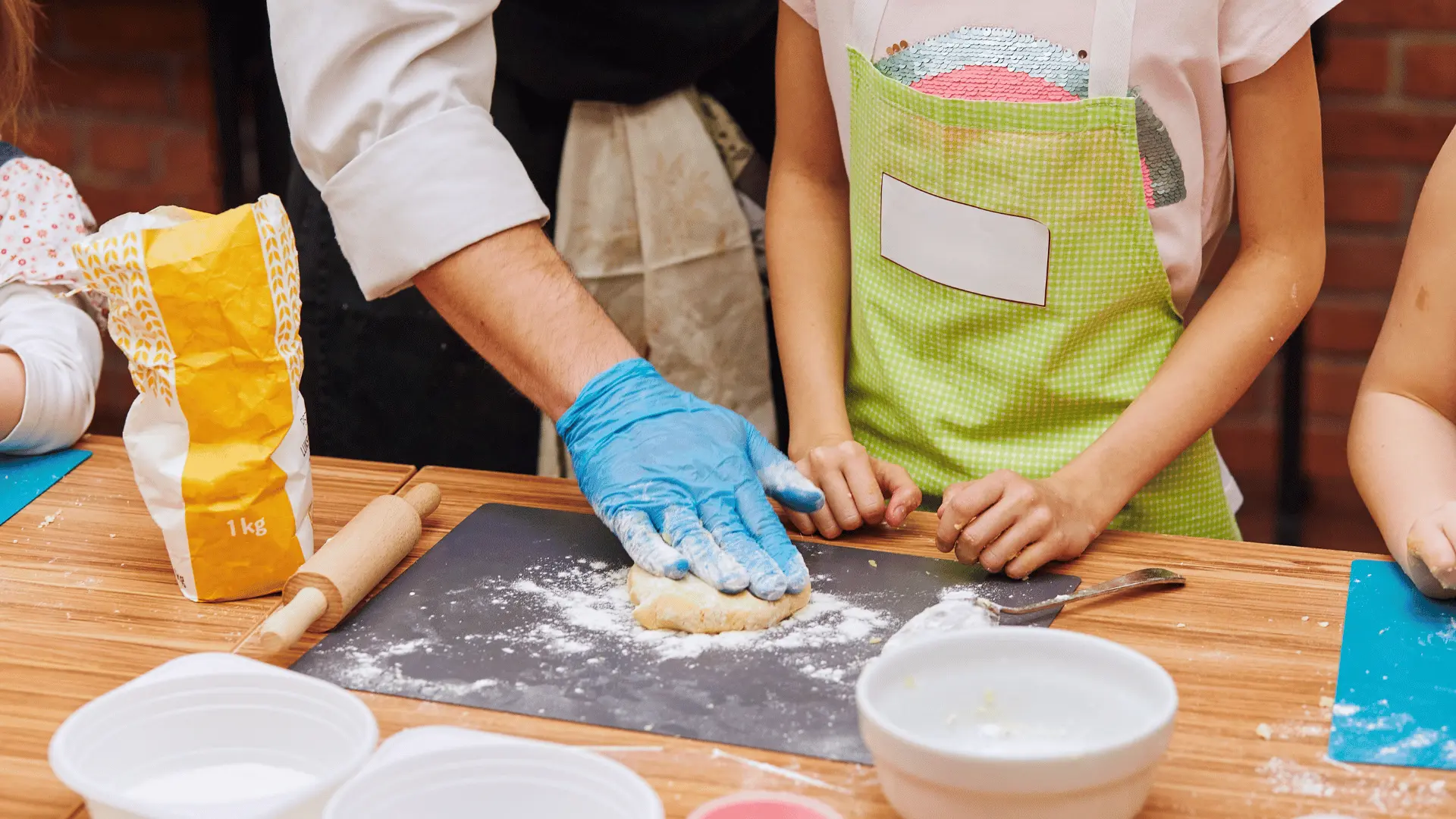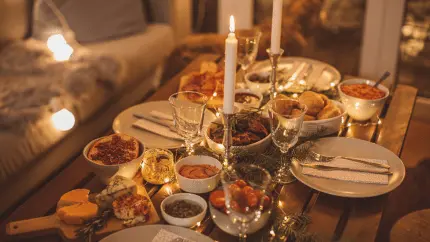
The Recipe Revival: Why We Built Recipe Memory for People, Not Pageviews
There was a time when finding a recipe online felt like opening a family cookbook. You might discover a roast that tasted like Sunday or a soup that read like a letter from home. There were notes in the margins, little stories, and the sense that someone cooked this for people they loved. However, somewhere along the way, that spirit faded. Search results became crowded with filler and pop-ups, and the simple joy of learning a dish turned into a chore.
We built Recipe Memory because food deserves better than filler. The recipes that shape our lives are not just instructions. They are family heirlooms, community touchstones, and living archives. They carry the taste of childhood, the sound of a favorite song in a warm kitchen, and the memory of someone who taught us to keep stirring until it looks just right. Our mission is simple: Put people back at the center of home cooking and give every family and friend group a calm, ad-free place to save what matters.
The problem with the modern recipe web
Much of the recipe world on the internet is optimized for algorithms, not cooks. Pages that should offer comfort often load like billboards. Long introductions add words without adding meaning. Ingredient lists swim in a sea of distractions. None of this reflects the way people actually cook. When a recipe is treated as content and not culture, it loses the warmth that makes it worth saving.
We don't think most creators want it this way. Many started out for the same reason our grandparents saved cards in a tin. They wanted to share what they knew and keep a record for the next person at the stove. The system pushed by ad models and ranking rules often nudges even the most thoughtful writers toward quantity over care. The result is recipes that are technically complete but emotionally thin.
Why that loss matters
Food is memory in a form you can taste. A single bite can take you back decades to a grandmother’s table or a friend’s tiny apartment where your favorite pasta was born. Every culture uses food to carry identity forward. Families protect sauces, spice mixes, and techniques because those details are part of who they are. When the internet flattens all of that into generic text, we lose the connection between the plate and the person who made it.
We believe the remedy is not more noise. The remedy is a place where recipes and stories can live together with clarity and respect. That is the heart of Recipe Memory. It is a digital cookbook that remembers why you cook and who you cook for.
What Recipe Memory stands for
- People over pageviews. We design for families, not feeds. Your recipes start private. Sharing is a choice, not a requirement.
- Ad free by design. Meals should not sit beside or behind annoying pop-ups. You deserve a calm workspace where focus and care come first.
- Recipes with a heartbeat. Every dish can hold a story, a voice note, a photo, or a short video. Memory belongs right next to the method.
- Practical tools that support connection. Meal planning, grocery lists, and gathering features exist to make time for what matters around the table.
A quiet space built for real cooks
Open Recipe Memory and you will notice what is not there. No autoplay videos crowding the steps. No distractions pushing you to chase the next trend. You'll see your recipes, your photos, your notes, and the people you invite to your private Table. It feels like pulling a well loved card from a box, then adding the details that only your family knows. You can import from favorite sites, organize everything in one place, and then add the story that makes the dish yours.
Our common enemy is forgetting
We do not exist to fight bloggers or publishers. We exist to fight the quieter problem many families know too well. A beloved dish lives only in memory until it is gone. Someone thought it was written down. Someone meant to ask one more question. Time moved fast and the recipe faded. We have heard this story from families everywhere, and we have lived it ourselves. Recipe Memory helps you capture the voice, the rhythm, and the little phrases that never appear in a standard ingredient list.
Think about the secrets that are not really secrets at all. A certain brand of tomatoes. The spoon that always tastes better than the measuring cup. The way your aunt taps the pan to see if the oil is ready. Those details are small, but they are how a dish becomes your dish. When you record them, you pass down more than steps. You pass down confidence and care.
Stories belong inside the recipe
We encourage families to add context right where it counts. Record a short video while you cook that signature Sunday dinner pasta sauce. Upload a photo of the original card for Grandma’s pie. Write a few lines about who made this dish first and what changed over time. Tag the recipe with holidays or people so anyone in your Table can find it later. These choices turn a set of instructions into a living recipe that can be taught and retaught.
This approach also helps new cooks. Learning is easier when the why sits next to the how. When a young cook can hear a grandparent explain how to read the bubbles on a simmering pot, they learn technique and intuition at the same time. That is difficult to capture in a long web article and easy to hold inside a recipe card that welcomes voice, video, and notes.
From chaos to connection
Most of us keep recipes everywhere. Screenshots, bookmarks, text messages, photos of a chalkboard, and a few precious cards. The hunt can be stressful. We built tools that bring order without losing the human parts that make cooking joyful. With Recipe Memory you can import a recipe from a URL, tidy it into a clean format, scale servings, plan a week of dinners, and generate a smart grocery list. If you are hosting, you can assign dishes, track allergies, and see at a glance where you need another salad or dessert.
These features are not here to gamify your kitchen. They are here to give you back time and attention so you can cook with people you love. The result is a library that grows with your family. Each list, plan, and shared dish becomes another thread in a story that belongs to you.
Built for families, not followers
Recipe Memory does not run on follower counts. There is no feed that rewards speed over care. You decide who joins your Table and what they can see. You can keep treasured dishes completely private or share a few favorites in the public Recipe Memory Kitchen. Many families choose a mix. They preserve sensitive recipes inside their Table and share teaching recipes that help others learn. Either way, the decision stays with you.
Why ads do not belong at the dinner table
We often hear that ads are the price of the modern web. That may be true for articles and entertainment, but a family recipe is not entertainment. It is part of a legacy. When you open a dish that holds the voice of someone you miss, the moment should not compete with a banner or a pop-up. Our choice to keep Recipe Memory ad free is not about purity. It is about respect for the moments people are trying to preserve.
The Recipe Revival
We call our approach a recipe revival. It is a shift back to connection and care. We want families to stop chasing what is trending and start saving what is meaningful. We want handwritten notes to matter as much online as they do in a shoebox. We want the next generation to inherit more than screenshots. We want them to inherit stories and skills that make them feel at home in their own kitchens.
This is not a loud movement. It happens one recipe at a time. A dad films a short clip teaching a child how to test pasta for doneness. Sisters trade notes on the cinnamon level in a holiday bread. A grandson uploads a photo of the original index card so everyone can see the faded ink. These moments are ordinary and sacred at the same time. When you collect them, you create a living cookbook that grows with your family.
How to start your own revival
- Pick one recipe this week. Choose a dish that makes your home feel like home. Give it a title, add the steps, and write a short note about where it came from.
- Add one voice. Record a quick memory or a tip. It can be thirty seconds. Hearing a familiar voice inside a recipe changes how it feels to cook it.
- Invite one person. Create a private Table and add a sibling, a parent, or a friend who knows the dish. Ask them to add a note or a photo.
- Plan one meal. Use the calendar to pick a night and auto build your grocery list. Cooking becomes easier when the list is clear.
- Repeat next week. Small effort, steady rhythm. That is how a family cookbook is born.
What we are building next
Recipe Memory keeps growing with feedback from real cooks. We are improving import tools so your favorite blog posts clean up nicely, expanding export options for family archives, and refining planning and gathering features to reduce stress around hosting. The destination never changes. It is always a calm, private, and practical home for recipes and memories that matter.
Why we believe this work lasts
Trends move quickly. Algorithms change without warning. What lasts are the meals that bring people together and the stories that give those meals meaning. We are not trying to outrun the next update. We are building a place that makes sense whether you are sixteen and learning to cook eggs or sixty and finally writing down the dish everyone asks you to make.
If you have ever worried that a family recipe might disappear, we built Recipe Memory for you. Start your first recipe for free, create your Table, and invite the people who will keep your story alive. The internet does not have to treat food like content. Together, we can treat it like home.
Love what you’re reading?
Join Recipe Memory today to save your favorite recipes, plan meals with ease, and create smart grocery lists ...all in one place.
